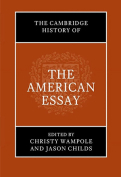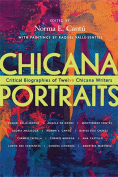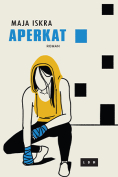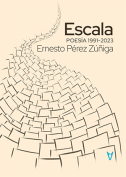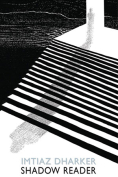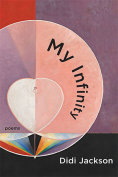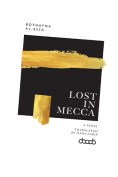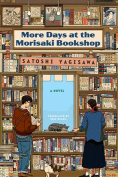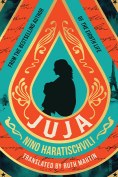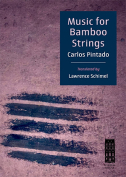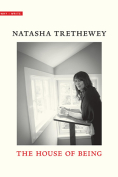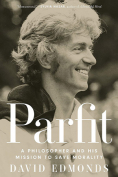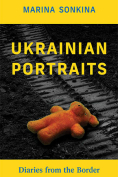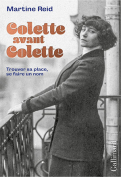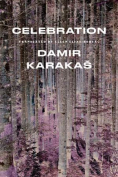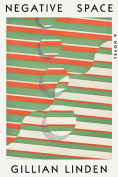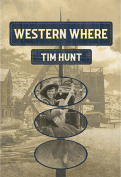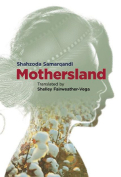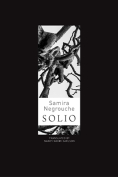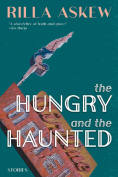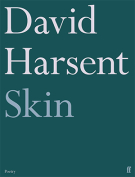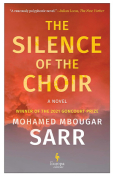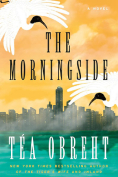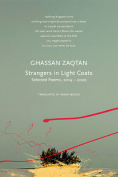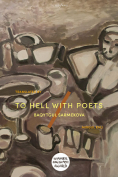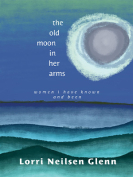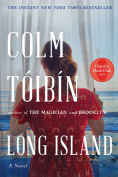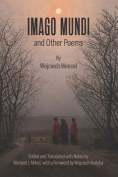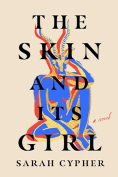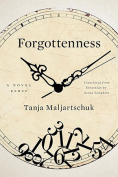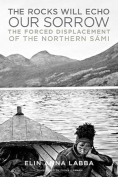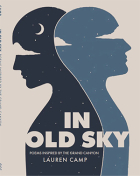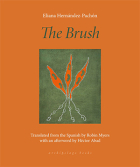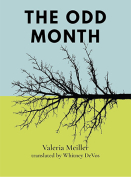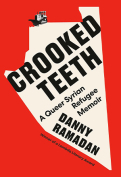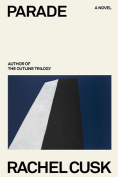The House of Being (Why I Write) by Natasha Trethewey
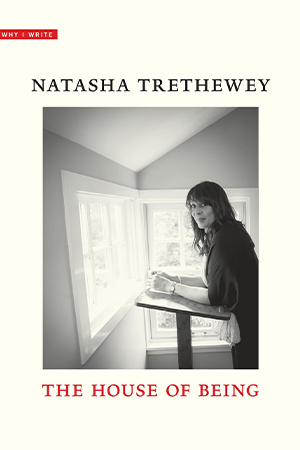 New Haven. Yale University Press. 2024. 77 pages.
New Haven. Yale University Press. 2024. 77 pages.
Natasha Trethewey’s The House of Being, based on her 2022 Windham Campbell Lecture, packs a powerful literary punch to the body politic of racist America. Quoting Ralph Ellison (“Geography is fate”), the much-acclaimed Trethewey addresses how the landscape of her native geography “was inscribed by one version of America while simultaneously subsuming or erasing others.” Her Mississippi birth certificate designated her Black mother, Gwendolyn, as “Colored” and her white father, Eric, as “Canadian” in an unsubtle attempt to conceal her father’s race. This “origin myth” was thereby marked by what Ezra Pound (as she points out) would call “luminous details” that transcend an array of facts.
The first fact was miscegenation—her first wound—because her parents’ interracial marriage (illegal in Mississippi and in twenty other states in the nation) rendered her “illegitimate in the eyes of the law—persona non grata,” while also placing her at a racial crossroads. Her maternal grandmother’s house in Gulfport (her first home) stood at a literal crossroads: the intersection of Highway 49 (“a legendary highway of the Blues”) and Jefferson Street. The Jefferson marker was directly in front of a driveway built with oyster shells. “The folkways and idioms of the African American vernacular tradition” collided with the “received knowledge” of white Enlightenment thought and colonial culture. Trethewey’s literary career has been a deliberate attempt to create her own narrative of life in defiance of and resistance to such historical predeterminism.
Her life story—more expansively and viscerally experienced in earlier books such as the wrenching memoir Memorial Drive and the powerful poetry collection Monument—begins in the first chapter with “an early understanding of the metaphorical nature of language.” Her grandmother owned a floor-to-ceiling assortment of books, including the twenty-volume World Book encyclopedia, 1966 (the year of Natasha’s birth), which was an invitation to a larger world outside the house. At three, Trethewey experienced a portentous nocturnal dream: the long hallway seemed to be a cave tunneling the darkness to the bookcase, but her path was blocked by the figure of a man “made entirely of the crushed oyster shells, white and sharp-edged, that formed the driveway beside our house.”
As an adult, she realized that the shells (“the indigenous materials of my native geography”) represented what Eudora Welty termed “the crossroads of circumstance.” Her father, a writer and professor, read her stories from classical mythology as well as passages from Beowulf (first in Old English, then in translation) and famous poems by Yeats, Wordsworth, and Robert Hayden, while illustrating metaphors with things around them: a daisy held aloft “mimicked the sun: each white petal a ray of light; the yellow disc at its center our day’s bright eye” or the roadside’s “tattered, mortal dress”—“cracked shell of an old turtle” (emblem of a difficult crossing).
Intriguing details of etymology, myth, and metaphor embedded in language—“as well as the absences, omissions, and erasures of history”—saturate the book, with her poem “Miscegenation” “rewriting” the “official’ narrative” of her life. As she explains, the language of the poem “examines place, history, law, the Gospel. It is both a literary autobiography and creation myth rooted in books: Faulkner’s Light in August, Tolstoy’s War and Peace, the Bible.” It is pertinent to point out that her name, Natasha, derives from the character in Tolstoy, that she was born on Easter, and that her life and that of her parents are circumscribed by the Jim Crow era in the South and intersect with “the freedom journey often recounted in slave narratives.”
Virtually everything she reveals in her biography translates into ways to think about style and motive. “How one writes is inseparable from why one does.” She quotes Martin Heidegger to advance the notion of language as the house of being. Although this compact book concerns itself primarily with pushing back against ignorance and stores of “received knowledge,” it also expresses “the metaphor of loss as dissolution of the family.” More specifically, her parents’ divorce and then her mother’s murder by her second husband, a troubled white Vietnam veteran who was jealous of Gwendolyn’s previous marriage and contemptuous of Natasha. Although she grieves that she had not put a headstone on her mother’s grave, she does build with this book, as well as her others, a lasting monument to Gwendolyn and to the very fact of her own native duty to remember and create “a palimpsest overwriting the inscription of White Supremacy.”
Keith Garebian
Mississauga, Ontario
